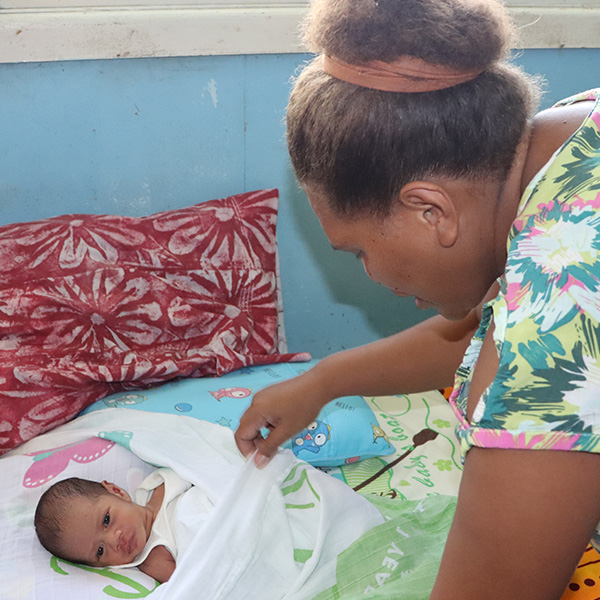With the progress in treatment for most cancer types, there is a growing interest to understand the overall impact of a cancer diagnosis throughout the remaining lifespan. In addition to conventional survival probabilities, estimating Life Expectancy following cancer diagnosis and Loss in Life Expectancy for cancer patients in comparison to if they did not have cancer provides valuable insights into the societal burden of cancer.
This also leads to insights into the progress in cancer control efforts, resource allocation, and disparities in cancer survival among different groups.
In a new thesis from Karolinska Institutet, PhD student Yuliya Leontyeva at the Department of Medical Epidemiology and Biostatistics, addressed methodological challenges in estimating the number of years remaining after a cancer diagnosis (LEC) and the corresponding loss in life years due to cancer (LLE) within the Relative Survival framework. The research aimed to make these estimations more widely applicable and accessible to both epidemiological and clinical research in cancer survival.
What are the most important results in your thesis?
“My research project employed statistical methods for population-based cancer survival studies. We used Flexible Parametric Relative Survival models to estimate LEC and LLE. While confirming the validity of the existing approach to estimate LEC and LLE, we propose novel methodology to address limitations in certain situations. In addition, we estimated LEC and LLE for individuals with Myeloproliferative neoplasms, a previously unexplored area due to complexity. It has been illustrated that individuals with MPN have a reduced life expectancy compared to the general population for all MPN subtypes across ages at diagnosis. Furthermore, the estimation of LEC and LLE was extended to small geographical areas, with the publication of accessible code to facilitate wider usage.”
Why did you become interested in this topic?
“At first, I got interested in methodological challenges of estimating LEC and LLE. However, working on the research project and accumulating more knowledge and understanding about the cancer survival area, I realized the value of LEC and LLE as complimentary measures to survival probabilities. By addressing methodological challenges and expanding the application of LEC and LLE, this thesis contributes to a more comprehensive understanding of cancer survival.”
What do you think should be done in future research?
“There is a need for further studies to tackle remaining challenges and continue refining our understanding of cancer survival. For example, we have only subtly touched upon an area of extrapolation, which is required to estimate LEC and LLE. It is necessary to explore this area more thoroughly for individuals diagnosed with cancer before the age of 50. Another fascinating area to explore is estimating LEC and LLE for cancer types with indolent courses or other diseases beside cancer. So, there is a lot to do for those who would like to indulge in the statistical world.”
Doctoral thesis
Yuliya Leontyeva. Karolinska Institutet (2024), ISBN: 978-91-8017-265-3





